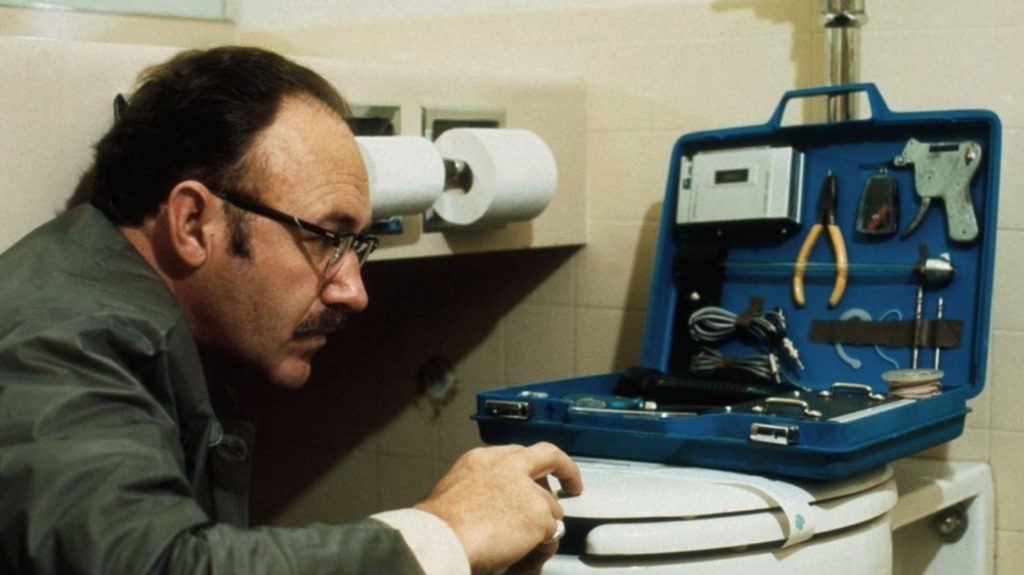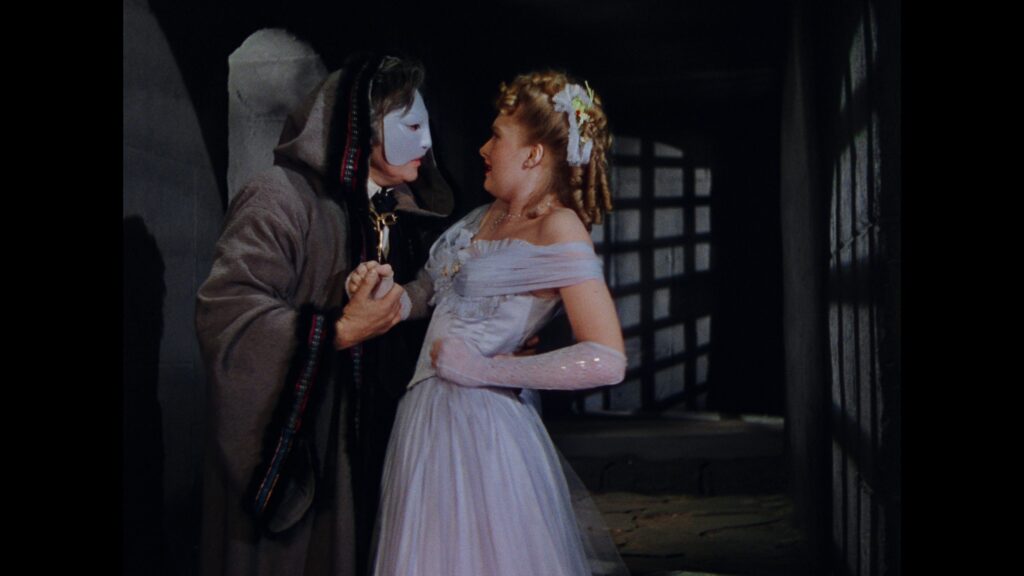
Director Spotlight: Tim Burton

When one thinks of directors whose names are almost synonymous with their unique style, Tim Burton inevitably tops the list. With a repertoire rich in eccentricity, whimsy, and a touch of darkness, Burton has managed to craft an indelible niche for himself in the annals of cinema. His work is characterized by a delightful blend of the macabre with the fantastical, leading audiences into realms that are both eerily haunting and profoundly heartfelt.
Early Life and Beginnings
Tim Burton’s foray into filmmaking began in Burbank, California, where he grew up absorbing a plethora of influences, ranging from German Expressionist films to the classic animations of Walt Disney. This eclectic blend of inspirations became evident in his early works, including his stint at Disney, where he directed the short film “Vincent,” a clear indication of his future trajectory.
Signature Style
From spiraling hilltops to characters with exaggerated features, Burton’s visual style is immediately recognizable. His love for Gothic architecture, spirals, and monochromatic color palettes fused with sudden bursts of vivid hues makes his films stand out. But beyond the aesthetics, there’s an undercurrent of melancholy, isolation, and a yearning for acceptance in many of his characters – themes that resonate deeply with audiences.
Cinematic Gems
- “Edward Scissorhands” (1990): Perhaps one of Burton’s most iconic films, it starred Johnny Depp as Edward, an unfinished artificial man with scissors for hands. Beyond its fairy-tale charm lies a poignant narrative about societal rejection and the quest for love and acceptance.
- “Beetlejuice” (1988): A supernaturally infused comedy that deftly balances humor with horror. With Michael Keaton‘s unforgettable portrayal of the mischievous spirit and a storyline that revolves around life after death, the film showcases Burton’s affinity for the afterlife and the undead.
- “The Nightmare Before Christmas” (1993): Although directed by Henry Selick, Burton’s influence as the writer and producer is unmistakable. This stop-motion animated musical masterpiece blurs the lines between Halloween and Christmas, crafting a story that’s both heartwarming and chilling.
- “Corpse Bride” (2005): Another foray into stop-motion animation, this film delves into the world of the living and the dead, interwoven with romance, deception, and a desire for liberation.
- “Batman” (1989) & “Batman Returns” (1992): Burton’s take on the DC superhero deviates from the conventional portrayal, infusing Gotham with a darker, more gothic atmosphere. His interpretation of characters like the Joker and the Penguin brought a complex depth to the universe.
Collaborations
Tim Burton’s collaboration with Johnny Depp deserves a special mention. Together, they’ve brought to life a series of unforgettable characters, from the endearing Edward Scissorhands to the eccentric Willy Wonka in “Charlie and the Chocolate Factory” (2005). Similarly, Burton’s partnership with composer Danny Elfman has resulted in some of cinema’s most haunting and enchanting soundtracks.
Influences
Burton’s films often echo his personal feelings of alienation and not fitting into conventional molds. Influenced by Roald Dahl, Edgar Allan Poe, and German Expressionist films, Burton’s works reflect a profound understanding of the outsider’s perspective. His narratives often root for the underdog or the misunderstood, offering them redemption or acceptance, if not in the world they inhabit, then in the embrace of those who understand them.
Moreover, Burton’s love for stop-motion animation, evident in films like “Frankenweenie” (2012), can be traced back to his admiration for the works of Ray Harryhausen, a pioneer in the field.
Legacy
Tim Burton’s influence in cinema is undeniable. He’s not just a director; he’s a storyteller, an artist, and a visionary. His films, while visually distinctive, carry universal themes of love, isolation, and the dichotomy of good versus evil. His ability to craft narratives that appeal to both children and adults makes him a rare breed in Hollywood.
Whether it’s through the twisted streets of Halloween Town, the eerie halls of Miss Peregrine’s Home for Peculiar Children, or the vastness of outer space in “Mars Attacks!” (1996), Burton has an uncanny ability to transport audiences to worlds that are at once fantastical and deeply human. In doing so, he not only entertains but also invites introspection, challenging viewers to embrace their peculiarities and to find beauty in the macabre. Through his illustrious career, Tim Burton has become more than a filmmaker; he’s an architect of dreams, both dark and delightful.




